#IoT #Development #FurureOfTech
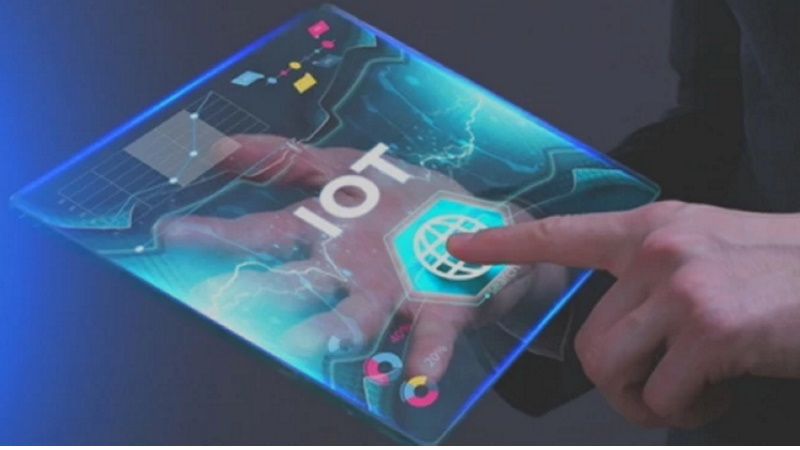
IoT is the next big thing in Industry 4.0, and developers and techies from all across the world are already arming themselves with the skills needed to ride this wave. Technology has made our lives easier with several forms of implementation that are seen in different professional fields.
IOT is the future and now in 2019, internet of things has almost entered in our life, from voice searches to the Google`s data mining efforts, IoT development is everywhere. IOT makes life easier. Selecting the language for IoT integration is a complex task. Now, the biggest concern of every learner is how to choose the best one from the pool of IoT-ready languages.
In this article, we list down 05 best programming languages one must know in the coming year to be able to successfully create and deploy projects in IoT.
1. ParaSail:
ParaSail is a new parallel programming language designed to support the development of inherently safe and secure, highly parallel applications that can be mapped to multicore, manycore, heterogeneous, or distributed architectures. ParaSail stands for Parallel Specification and Implementation Language. In the situation that your IoT application needs a language that bolsters parallel handling, Parasail is a decent choice. ParaSail is a feature-rich language in terms of module parameterization, interface separation from implementation, and module-independent invariants, etc.
2. Rust:
Rust is an open source, general-purpose, multi-paradigm, compiled programming language sponsored by Mozilla. Rust programming language was introduced as an alternative to the C language. Rust is used for system programming and safeguards memory from getting corrupted. Rust allows memory management using both dynamic and static methods using various tools. Rust is empowered to share data among various channels consequently. Rust is an improvement on current languages by having a number of compile-time safety checks which produce no runtime overhead and eliminates all data races.
3. LUA:
Lua is a general-purpose embedded programming language designed to support procedural programming with data description facilities. To help developers build IoT-enabled applications, LUA offers a framework called Node. Lua uses a clear syntax and as low memory usage as possible. Lua is cross-platform and it supports a C API that can be embedded into applications. Lua needs to be embedded in a host client in order to function well.
4. PHPoC:
PHP on Chip (PHPoC) is a general-purpose language for IoT with most syntaxes and core functions inherited from PHP. The syntax is almost the same as PHP and it inherits almost all the core functions from PHP. Addition of new functions like I/O, UART, I2C, SPI, ADC, TIMER/COUNTER, RTC etc.
5. Go:
Google’s child, Go is an open source programming language developed at Google . What`s cool about Go is that it`s more grounded than C and enables gadgets to cooperate to send and get information in numerous channels all the way long. The biggest advantage of GO is its ability to sort an entire network of sensors and making use of related IoT programming related devices. This language is compatible due to a number of reasons such as complete utilisation of hardware, cloud community support, inbuilt concurrency, compatible with a number of other platforms, etc.
The list isnt complete without mentioning the two big brothers who are not so "uncommon" in IoT development. They are:
JavaScript:
Like Python, JavaScript is an interpreted language, but many IoT devices are able to run Node.js. This is an interpreter that lets JavaScript run just as Python does instead of being limited to a browser. There are even microcontrollers like Espruino that run JavaScript out of the box. Frameworks like NodeRED is based on JavaScript.
Python:
Python is a language which has enough libraries for both Software modules and Hardware modules, that makes it perfect language for IoT based solutions. Python is also one of the languages of choice for the Raspberry Pi, so much of the code in projects for that device is written in Python. This means you have plenty of opportunities to read the code and learn.
Connect with Revaalo labs your one stop solution for Digital Transformation needs.
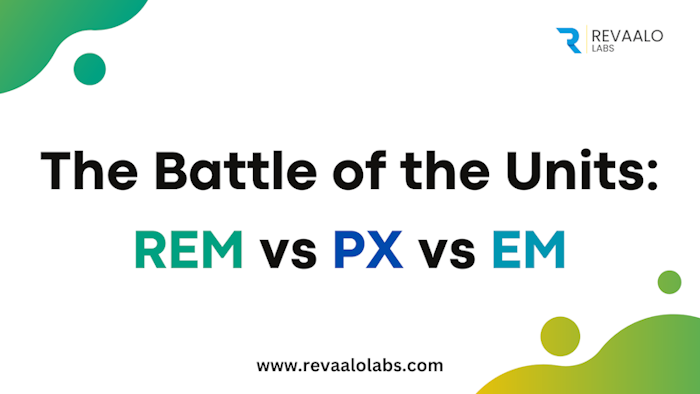
One of the most critical decisions website developers must make is deciding what unit of measurement to use when sizing elements, fonts, and other design properties.
Read more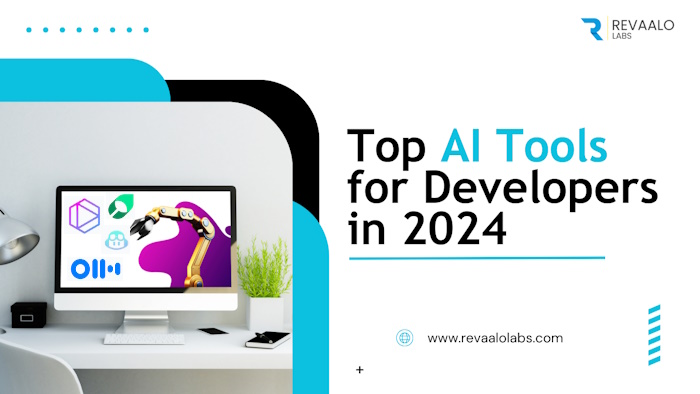
It`s an amazing technology-one that will help us solve society`s toughest problems and reshape the world.
Read more13
December
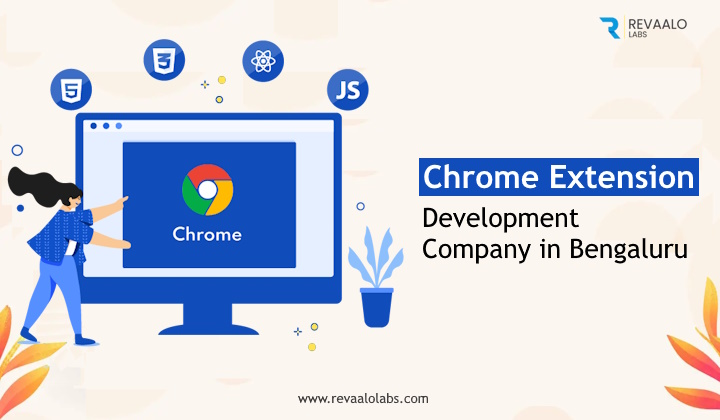
Today, web browsers play a significant role in our lives, providing us with access to a world of information and possibilities.
Read more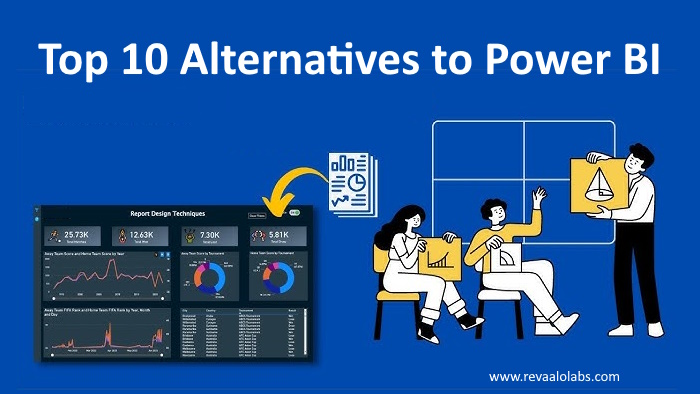
Power BI is a popular business intelligence tool developed by Microsoft for data visualization and analysis. While Power BI is a robust solution, there are several alternatives available that cater to different needs and preferences.
Read more09
October
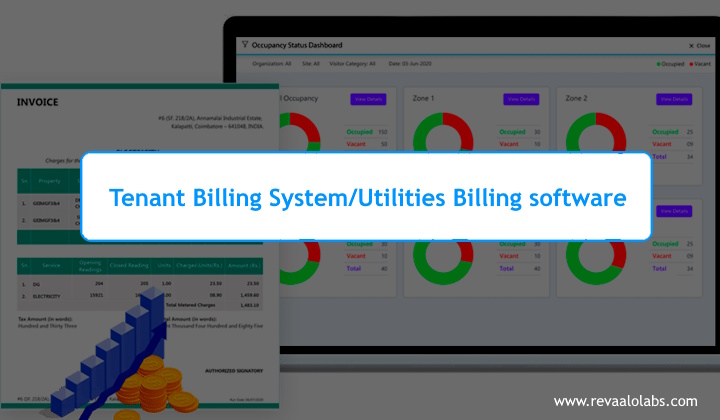
Tenant billing systems are software solutions used by property owners, managers, and landlords to accurately bill tenants for their usage of utilities and services.
Read more